ROME FINALLY RECOGNISES THAT THE SOCIETY OF ST PIUS X WAS NOT IN DOCTRINAL ERROR – WILL THE DETRACTORS OF SSPX NOW APOLOGISE FOR SAYING THAT THEY WERE?
According
to a report from CAN/EWTN news on 3 February 2017, the Society of St Pius X (SSPX)
has been offered a personal prelature with no conditions beyond a doctrinal statement which merely accepts what SSPX has always believed.
Bishop Bernard
Fellay, superior general of the Society, said as much in an interview with Spanish
magazine Vida Nueva published 3 February 2017.
Pope Benedict XVI, when, in 2009, he recognised the unfairness of the excommunications of SSPX bishops, nevertheless continued to note that “doctrinal questions obviously remain and until they are clarified the Society has no canonical status in the Church and its ministers cannot legitimately exercise any ministry”.
 |
| His Lordship Bernard, Bishop Fellay, superior general of SSPX, outside St Peter's Basilica |
Pope Benedict XVI, when, in 2009, he recognised the unfairness of the excommunications of SSPX bishops, nevertheless continued to note that “doctrinal questions obviously remain and until they are clarified the Society has no canonical status in the Church and its ministers cannot legitimately exercise any ministry”.
Pope Francis, on the other hand, is imposing no conditions at all beyond an agreed doctrinal statement which merely reflects what SSPX has always taught and its members always endorsed.
This is an extraordinary development. It means
that Pope Francis effectively considers that SSPX are not now, and never have been, in
error in any way. For, if they had been, then they would first need to be
regularised before being granted a personal prelature. That is the law of the Church.
Logically, then, unless Pope Francis is
committing an illegal act, his decision means that previous popes, even
including Pope Benedict XVI, were unjust to SSPX in claiming that
they could not exercise legitimate ministry because no-one should be deprived
of legitimate ministry without a good reason.
In which case, it is time for the critics of
SSPX to issue a very sincere and heart-felt apology to them, before God.
In a sign of goodwill, Pope Francis during the Jubilee of Mercy recognised the
right of the priests of SSPX validly to hear confessions and absolve penitents.
It was,
frankly, inexplicable for the Holy See ever to have insisted that confession and absolution by SSPX priests was invalid. What sort of pastoral solicitude is that?
But now Pope Francis is finally recognising this.
Meantime, the German bishops traduce not only the Faith but even the 10 Commandments and the Natural Law and go wholly unpunished for demanding that unrepentant adulterers be allowed to receive Holy Communion:
https://blogs.spectator.co.uk/2014/12/communion-for-divorced-catholics-the-german-bishops-twisting-pope-franciss-arm/#
But now Pope Francis is finally recognising this.
 |
| His Holiness, Pope Francis |
Meantime, the German bishops traduce not only the Faith but even the 10 Commandments and the Natural Law and go wholly unpunished for demanding that unrepentant adulterers be allowed to receive Holy Communion:
https://blogs.spectator.co.uk/2014/12/communion-for-divorced-catholics-the-german-bishops-twisting-pope-franciss-arm/#
But these same German episcopal Pharisees will not recognise the confessions and marriages administered by priests of SSPX. What hypocrisy! They strain out a gnat to swallow a camel.
These German epsicopal hypocrites have no excuse.
The Holy See, to be fair, was in a more difficult position. It must have a care for the law of the Church and the rule against consecrating bishops without the authority of the Holy See (although it has now recognised the illegally consecrated bishops in China).
Having backed itself into a corner over the consecration of bishops in 1988, and ignoring the appeal against the ipso facto excommunication of the SSPX bishops, the Holy See, perhaps unwisely, bound its own hands in its dealings with SSPX and so felt it could not back down....until now.
These German epsicopal hypocrites have no excuse.
The Holy See, to be fair, was in a more difficult position. It must have a care for the law of the Church and the rule against consecrating bishops without the authority of the Holy See (although it has now recognised the illegally consecrated bishops in China).
Having backed itself into a corner over the consecration of bishops in 1988, and ignoring the appeal against the ipso facto excommunication of the SSPX bishops, the Holy See, perhaps unwisely, bound its own hands in its dealings with SSPX and so felt it could not back down....until now.
But, now, in a truly remarkable development, an
“important step” has been taken when Archbishop Pozzo declared that;
“certain texts of the Council did not constitute criteria for Catholicity”
Among these, he said, are texts related to religious freedom, relations with non-Christian religions, ecumenism, and liturgical reform.
“certain texts of the Council did not constitute criteria for Catholicity”
Among these, he said, are texts related to religious freedom, relations with non-Christian religions, ecumenism, and liturgical reform.
What?
So, the previous
demands that SSPX must subscribe to these documents, to which they so much objected, was
unnecessary and should never have been made?
What?
So the
condemnation of SSPX for refusing to accept those documents was thus unjust,
unfair, oppressive and deeply uncharitable?
What?
And
where, then, are the tears of contrition, sorrow and apology for treating
SSPX and its members so harshly, cruelly and unjustly, these 50 years past?
Absent!
If Pope Francis is making an illegal offer then the critics can continue to criticise. But who is arguing that Pope Francis is committing an illegal act? No-one.
If Pope Francis is making an illegal offer then the critics can continue to criticise. But who is arguing that Pope Francis is committing an illegal act? No-one.
Well,
then?
Where are
the apologies?
Absent. Silence
reigns. Not a word.
They, like so many of the German bishops, who
prate about religious liberty and Ecumenism, will not extend the hand of
liberty and Ecumenism to their very own brothers in the Faith who want no more than to believe
and worship as Catholics have always done. Instead, they curse, insult, abuse
and oppress them!
Blind guides and hypocrites!
These same
critics will fall over themselves to welcome every form of deviant “Christianity” or "religion" in the name of religious liberty and Ecumenism but render stones for bread and
serpents and scorpions to the SSPX when they ask for no more than the right to believe
and worship as Catholics always have done.
As our Lord Himself said:
“And
which of you, if he ask his father for bread, will he give him a stone? Or a
fish, will he for a fish give him a serpent? Or if he shall ask an egg, will he
reach him a scorpion?” [Luke 11:11-12]
And further [Matt 23: 13-38]:
“[13] But
woe to you scribes and Pharisees, hypocrites; because you shut the kingdom of
heaven against men, for you yourselves do not enter in; and those that are
going in, you suffer not to enter...
…[23] Woe
to you scribes and Pharisees, hypocrites; because you tithe mint, and anise,
and cumin, and have left the weightier things of the law; judgment, and mercy,
and faith. These things you ought to have done, and not to leave those undone.
[24] Blind guides, who strain out a gnat, and swallow a camel. [25] Woe to you
scribes and Pharisees, hypocrites; because you make clean the outside of the
cup and of the dish, but within you are full of rapine and uncleanness.
...[27] Woe to you scribes and Pharisees,
hypocrites; because you are like to whited sepulchres, which outwardly appear
to men beautiful, but within are full of dead men' s bones, and of all
filthiness. [28] So you also outwardly indeed appear to men just; but inwardly
you are full of hypocrisy and iniquity....
...[33] You serpents, generation of vipers, how will you flee from the judgment of
hell?
...[36] Amen
I say to you, all these things shall come upon this generation. [37] Jerusalem,
Jerusalem, thou that killest the prophets, and stonest them that are sent unto
thee, how often would I have gathered together thy children, as the hen doth
gather her chicks under her wings, and thou wouldst not? [38] Behold, your
house shall be left to you, desolate..."
Desolate, indeed, are the communities of those bishops who have turned a blind eye to child-abusing priests!
Desolate, indeed, are the houses of the numerous unfaithful bishops of today’s Church – their churches near-empty, their seminaries near-empty, the numbers attending their administration of the Sacraments declining, whilst the traditionalist churches and seminaries are bursting at the seams and attendance at the Sacraments at an all-time high.
Desolate, indeed, are the houses of the numerous unfaithful bishops of today’s Church – their churches near-empty, their seminaries near-empty, the numbers attending their administration of the Sacraments declining, whilst the traditionalist churches and seminaries are bursting at the seams and attendance at the Sacraments at an all-time high.
Indeed, the
biggest obstacles for the recognition of SSPX by Rome have been those very
statements: on religious liberty in Vatican II's declaration Dignitatis Humanae
and on Ecumenism with non-Christian religions in the declaration Nostra Aetate.
And yet
the critics of SSPX have failed dismally and hypocritically to extend that very same
religious liberty and Ecumenism to them!
Pope Francis, out of pastoral solicitude, appears to be changing that. Pope Francis has issued a decree to ensure that marriages witnessed by SSPX priests will be clearly seen to be valid.
In a letter approved by Pope Francis, Cardinal Müller, the Prefect of the Congregation for the Doctrine of the Faith, says: “The Holy Father . . . has decided to authorize local Ordinaries the possibility to grant faculties for the celebration of marriages of faithful who follow the pastoral activity of the Society”.
Pope Francis, out of pastoral solicitude, appears to be changing that. Pope Francis has issued a decree to ensure that marriages witnessed by SSPX priests will be clearly seen to be valid.
 |
| His Eminence Gerhard, Cardinal Mueller, Prefect of the Congregation for the Doctrine of the Faith |
In a letter approved by Pope Francis, Cardinal Müller, the Prefect of the Congregation for the Doctrine of the Faith, says: “The Holy Father . . . has decided to authorize local Ordinaries the possibility to grant faculties for the celebration of marriages of faithful who follow the pastoral activity of the Society”.
The Pope's decision adopts a proposal by the Congregation
for the Doctrine of the Faith and the Pontifical Commission Ecclesia Dei, both
of which are headed by Cardinal Müller.
The letter still refers to "full communion" and
"persistence of canonical irregularity" but without specifying what
that "irregularity" is.
We still ask, again, in all honesty and humility, how can it
be "irregular" to wish to believe and worship as Catholics always
have done?
Here is the full text of the letter:
Here is the full text of the letter:
Your Eminence,
Your Excellency,
As you are aware, for some time various meetings and other initiatives have been ongoing in order to bring the Society of St. Pius X into full communion. Recently, the Holy Father decided, for example, to grant all priests of said Society the faculty to validly administer the Sacrament of Penance to the faithful (Letter Misericordia et misera, n.12), such as to ensure the validity and liceity of the Sacrament and allay any concerns on the part of the faithful.
Following the same pastoral outlook which seeks to reassure the conscience of the faithful, despite the objective persistence of the canonical irregularity in which for the time being the Society of St. Pius X finds itself, the Holy Father, following a proposal by the Congregation for the Doctrine of the Faith and the Pontifical Commission Ecclesia Dei, has decided to authorize local Ordinaries the possibility to grant faculties for the celebration of marriages of faithful who follow the pastoral activity of the Society, according to the following provisions.
Insofar as possible, the local Ordinary is to grant the delegation to assist at the marriage to a priest of the Diocese (or in any event, to a fully regular priest), such that the priest may receive the consent of the parties during the marriage rite, followed, in keeping with the liturgy of the Vetus Ordo, by the celebration of Mass, which may be celebrated by a priest of the Society.
Where the above is not possible, or if there are no priests in the Diocese able to receive the consent of the parties, the Ordinary may grant the necessary faculties to the priest of the Society who is also to celebrate the Holy Mass, reminding him of the duty to forward the relevant documents to the Diocesan Curia as soon as possible.
Certain that in this way any uneasiness of conscience on the part of the faithful who adhere to the Society of St. Pius X, as well as any uncertainty regarding the validity of the sacrament of marriage may be alleviated, and at the same time that the process towards full institutional regularization may be facilitated, this Dicastery relies on your cooperation.
The Sovereign Pontiff Francis, at the Audience granted to the undersigned Cardinal President of the Pontifical Commission Ecclesia Dei on 24 March 2017, confirmed his approval of the present letter and ordered its publication.
Rome, from the Offices of the Congregation for the Doctrine of the Faith, 27 March 2017.
+ Gerhard Card. L. Müller
President
+ Guido Pozzo
Secretary
Titular Archbishop of Bagnoregio
+++



_highres.png/872px-Coat_of_arms_of_the_United_Kingdom_(black_and_white)_highres.png)










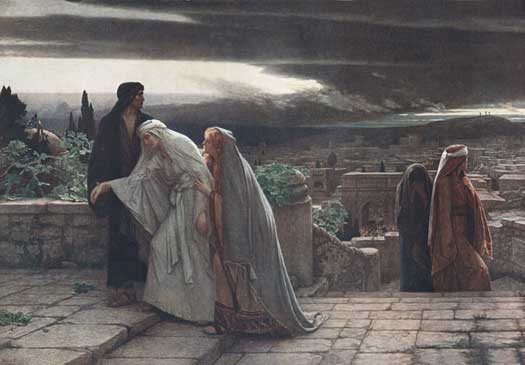

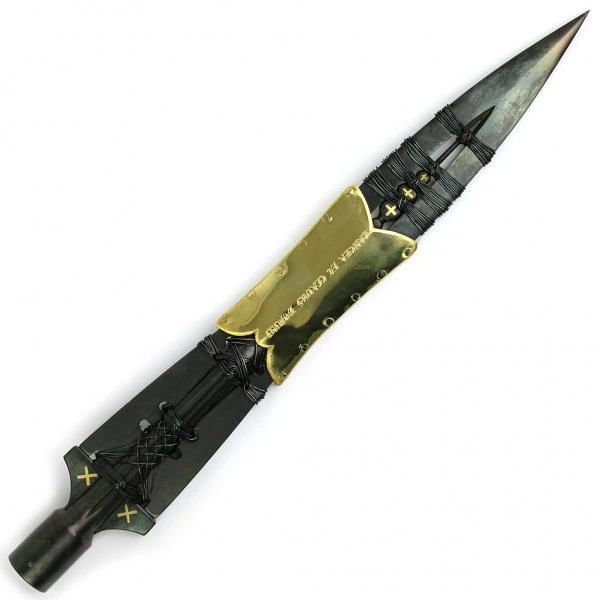
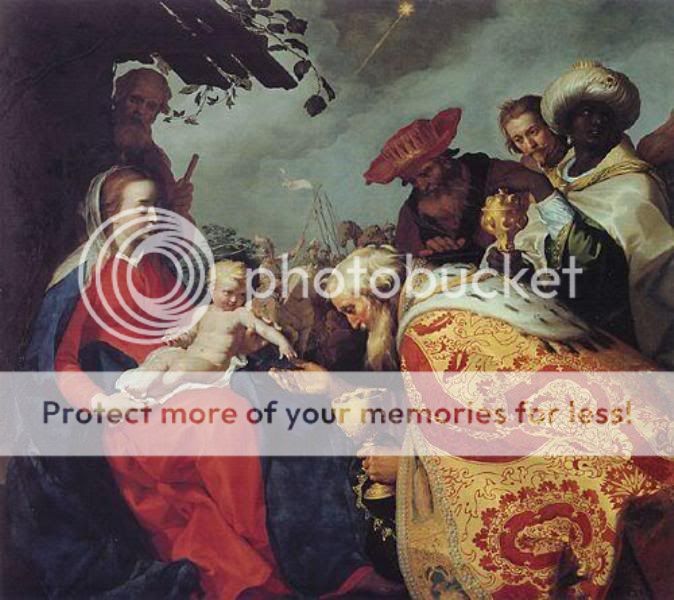
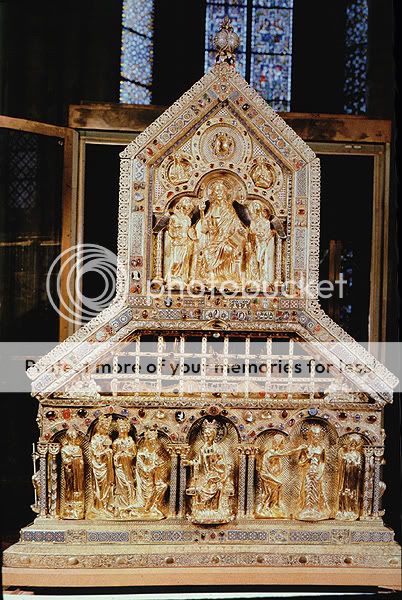




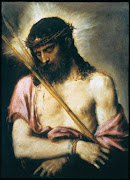



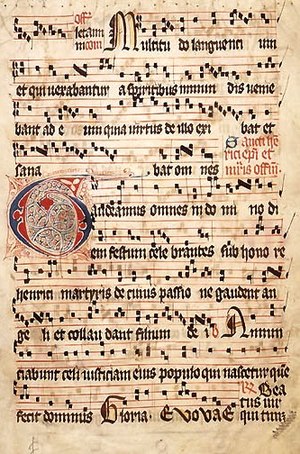

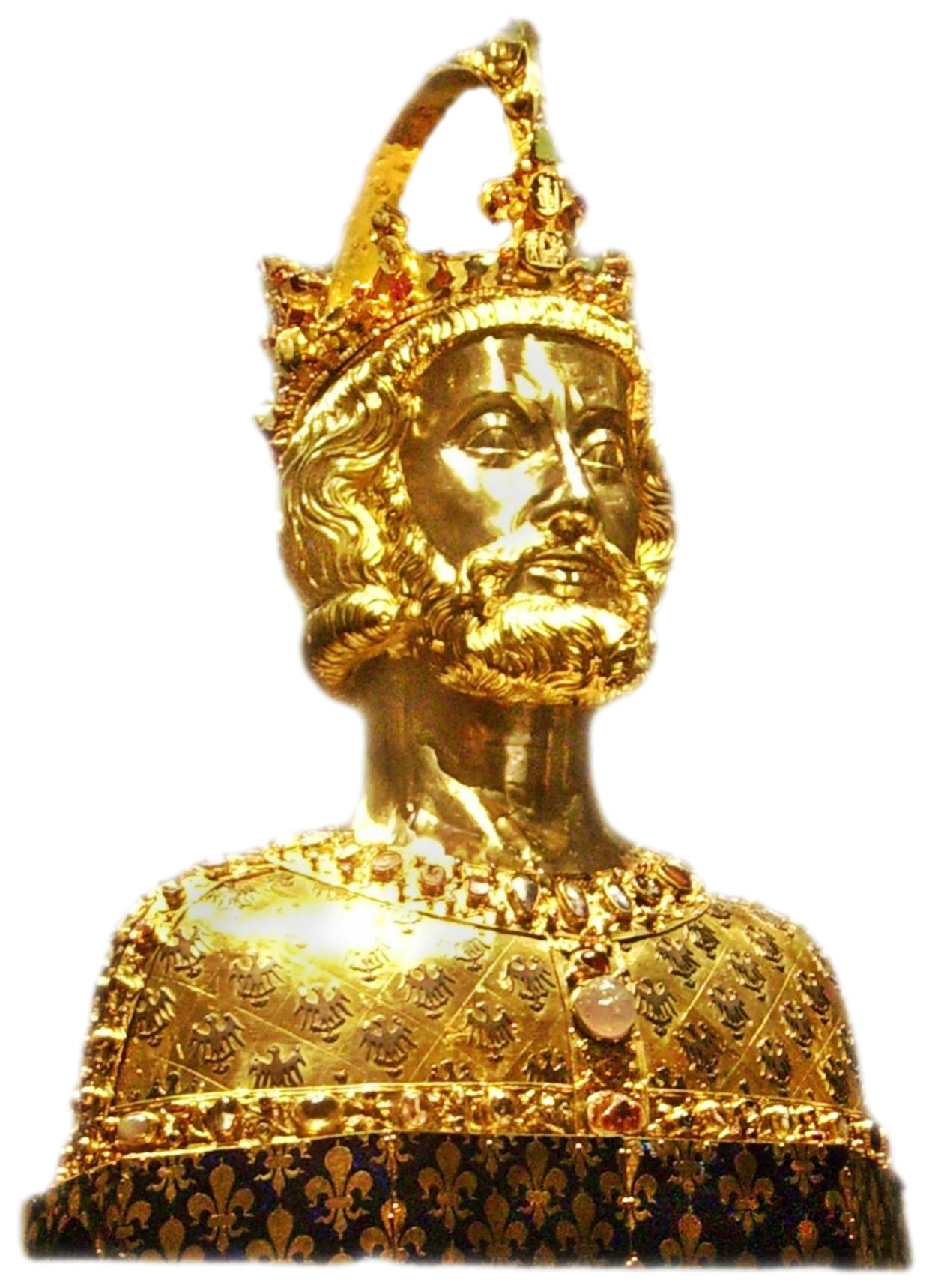



.jpg)





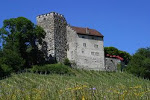


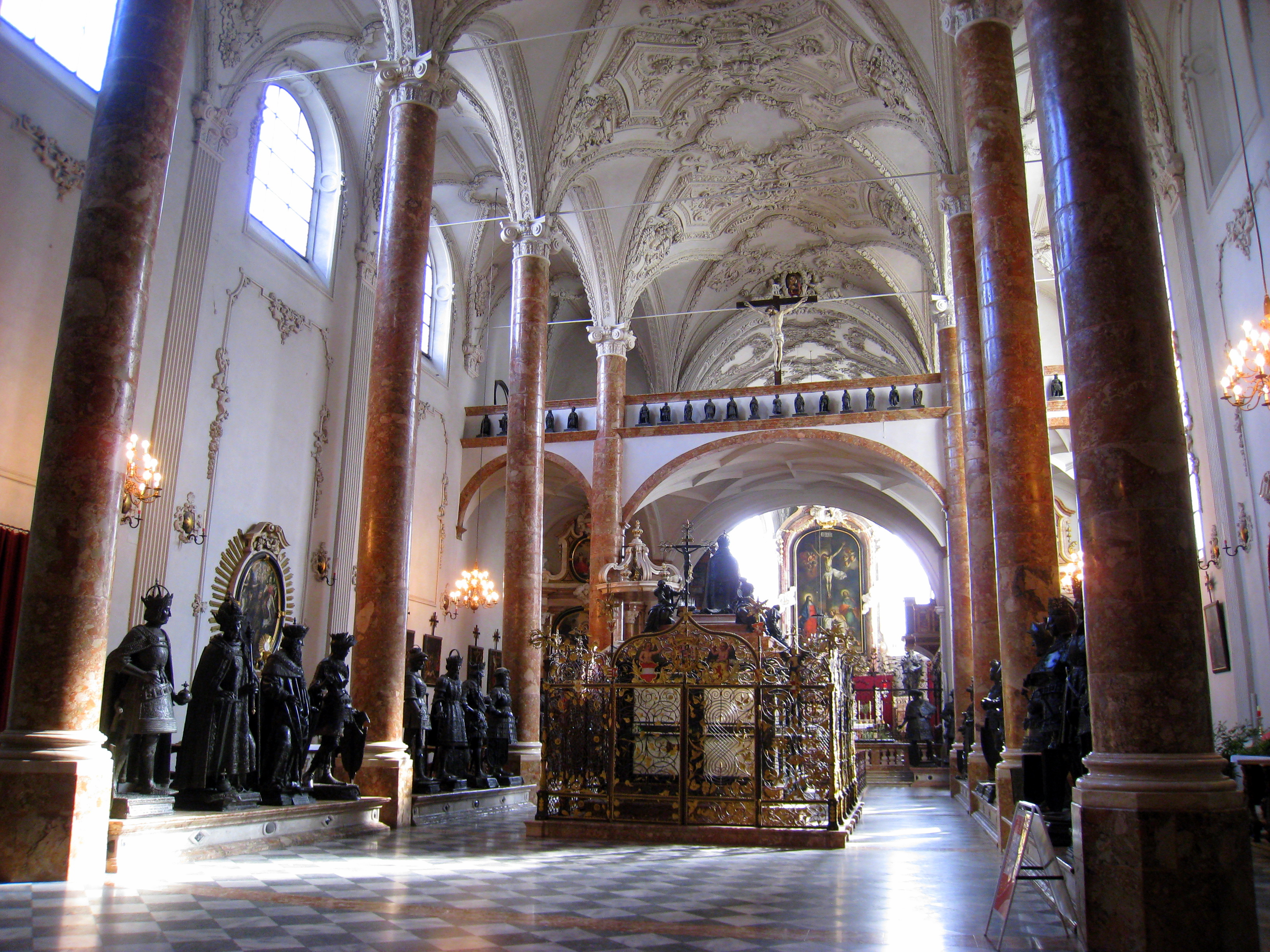


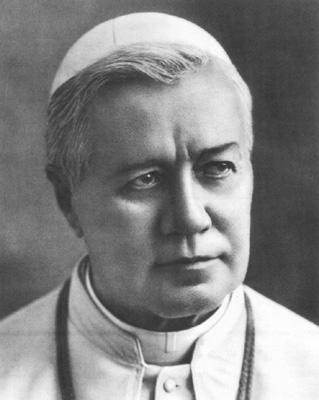










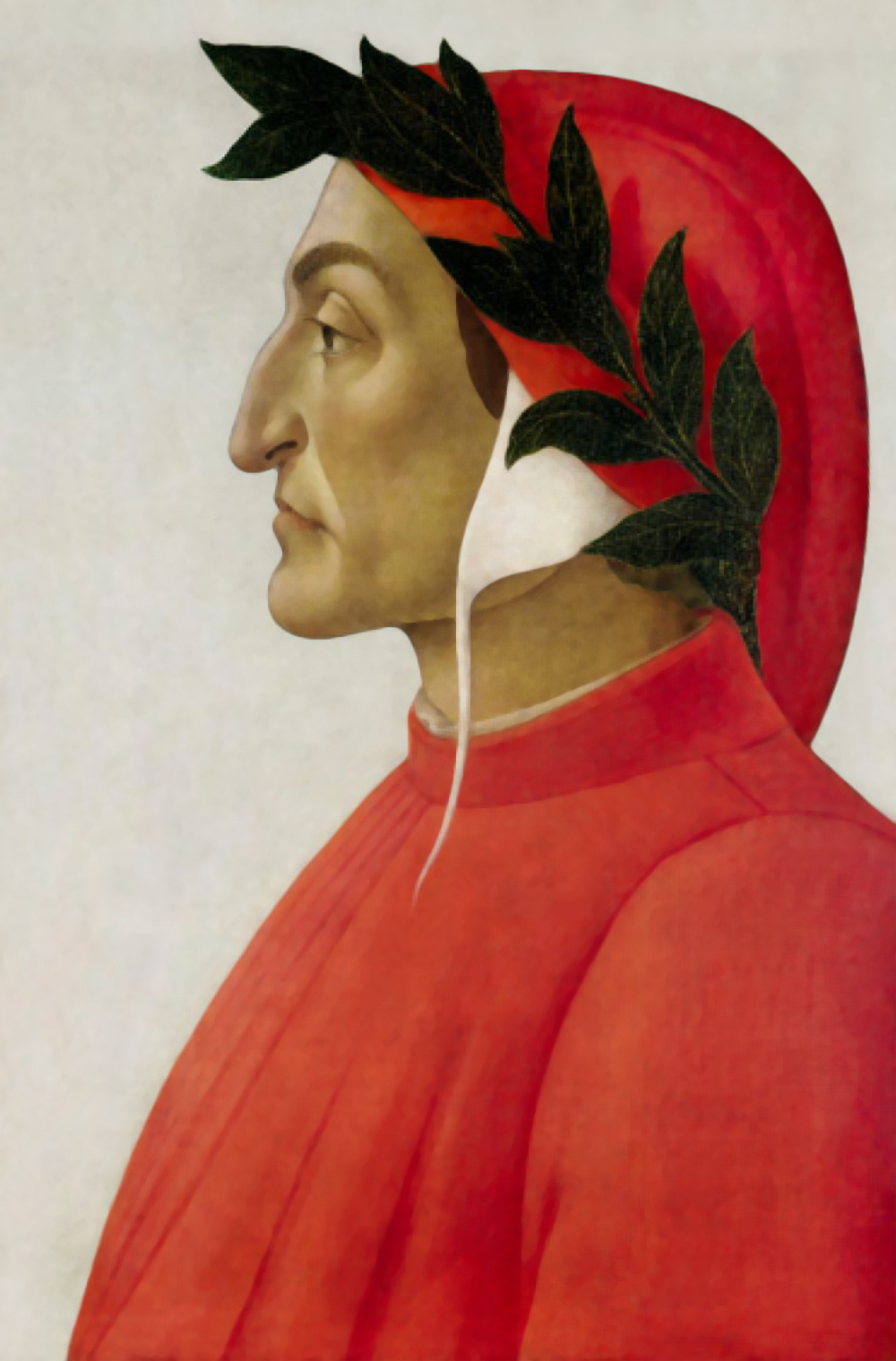



_-002.jpg/220px-Circle_of_Anton_Raphael_Mengs,_Henry_Benedict_Maria_Clement_Stuart,_Cardinal_York_(ca_1750)_-002.jpg)


